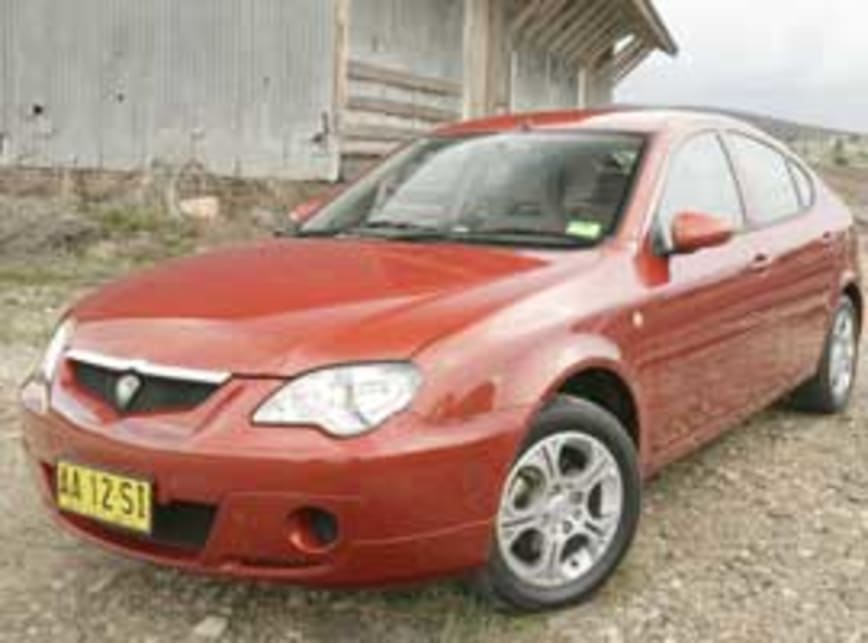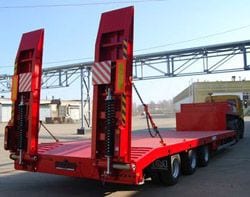
2 Proton Satria Gen 2004 Review: Road Test
But that's exactly what Malaysian carmaker Proton is doing with the Gen 2.
The Gen 2 four-door hatchback was built with Proton's Lotus Design Studio in the UK, giving it some style and performance oomph.
Proton is promoting Gen 2 under the slogan "a new generation begins".
This model was critical to Proton's transition from a manufacturer using parts from other brands such as Mitsubishi to a stand-alone company.
It also marks Proton's resurgence as a player in Australia, where it hopes to increase its annual sales base to 5000.
This is planned to be done through an updated dealer network and a number of new models.
As a first try, Gen 2 is pretty good.
In brochures, the interior looks very stylish.
But come back to the present, and the amount of plastic and faux aluminum threatens to overwhelm clean, minimalist sporty design.
For example, the butch-like ring on the steering wheel is a piece of molded plastic that looks like polished aluminum.
What looks like an Excalibur broadsword hilt is actually a handbrake lever.
The cabin is spacious, and I liked the high position of the driver's seat with its excellent lumbar support.
The trunk is also very roomy, and one or both of the rear seats can be folded down for longer items.
The 1.6-litre, 16-valve, dual-cam engine starts easily, but needs 2000 rpm on the tachometer for smooth acceleration.
Proton claims 82kW peak power and 148Nm of torque.
Maximum power is reached at 6000 rpm and torque at 4000 rpm.
Below 3000 rpm, the engine stalls.
Turn on the A/C and you'll have to drop two overhand gears to make a clean pass on the freeway.
The Gen 2 paid off on my favorite set of hilly corners.
The rain-stained road was empty and meandering teasingly through a small valley of trees.
Downshifting at 5500rpm in the lower gears of the five-speed gearbox (the engine spins up to about 7000rpm), I moved briskly and briskly.
The revs never dropped below 4000 rpm, which indicates a fairly close ratio of the gearbox.
The Lotus-designed suspension kept the Gen 2 pinned down on slippery surfaces without body roll.
It tracked corners surprisingly well with very predictable power steering feedback.
Even on a couple of shifts back, hairpins uphill, the front-wheel drive did not cling to traction.
I believe the Gen 2 will come as a real shock to its more attractive handling rivals.
The question is, how many owners will drive like this? There are quite a few young hot rodders looking for a nimble hatchback, but the typical buyer of cars like the Gen 2 is commuters, not fun seekers.
Perhaps a simple remapping of the engine management system will bring more usable power and torque in the lower rev range.
In the city, the Gen 2 is easy to maneuver, with good all-round visibility, smooth shifting and a light clutch.
The large marker on the speedometer when calibrated at 50 km/h is a useful speed reminder.
There is too much wind noise on the freeway in the permitted area due to window seals.
Downshift to keep up speed and the engine is loud and harsh compared to many of its competitors at this price point.
On rough roads, the test car exhibited some vibrating grinding noises.
While turning at low speed in a multi-storey car park, a clicking sound was heard from the front of the car from time to time.
However, it should be emphasized that the Gen 2 being tested was a fleet carrier approaching the end of a tough test cycle.
Production cars should be better.
One area that the Gen 2 has been consistently praised for has been its looks.
The auto shop worker thought it was an Alfa Romeo.
I liked the swooping lines, aggressive-looking headlights, and neat rear end, but I thought the wheels looked too small for the size of the body.
Starting at $17,990 and optionally up to $22,990, the Proton Gen 2 is a bold attempt to take on the predators of the compact car pool.
